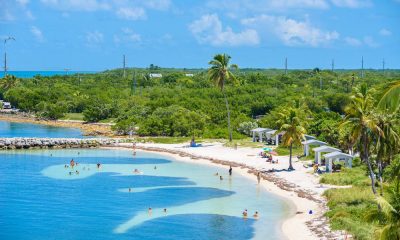Travel
Most Beautiful Places In Scotland

Scotland’s best natural and artificial attractions are not only rich and magnificent, but also incredibly accessible. Scotland is smaller than most American states, covering less than 31,000 square miles and taking less than a day to drive from coast to coast. Despite this, it has a lot to offer, from vast lochs and peatlands to tranquil fishing villages, culturally rich cities, mountains stacked on top of each other, and castles that will leave you exhausted. Finding beauty in Scotland is more about starting than looking. Here are my picks for the most beautiful spots in Scotland.
1. Edinburgh Old Town
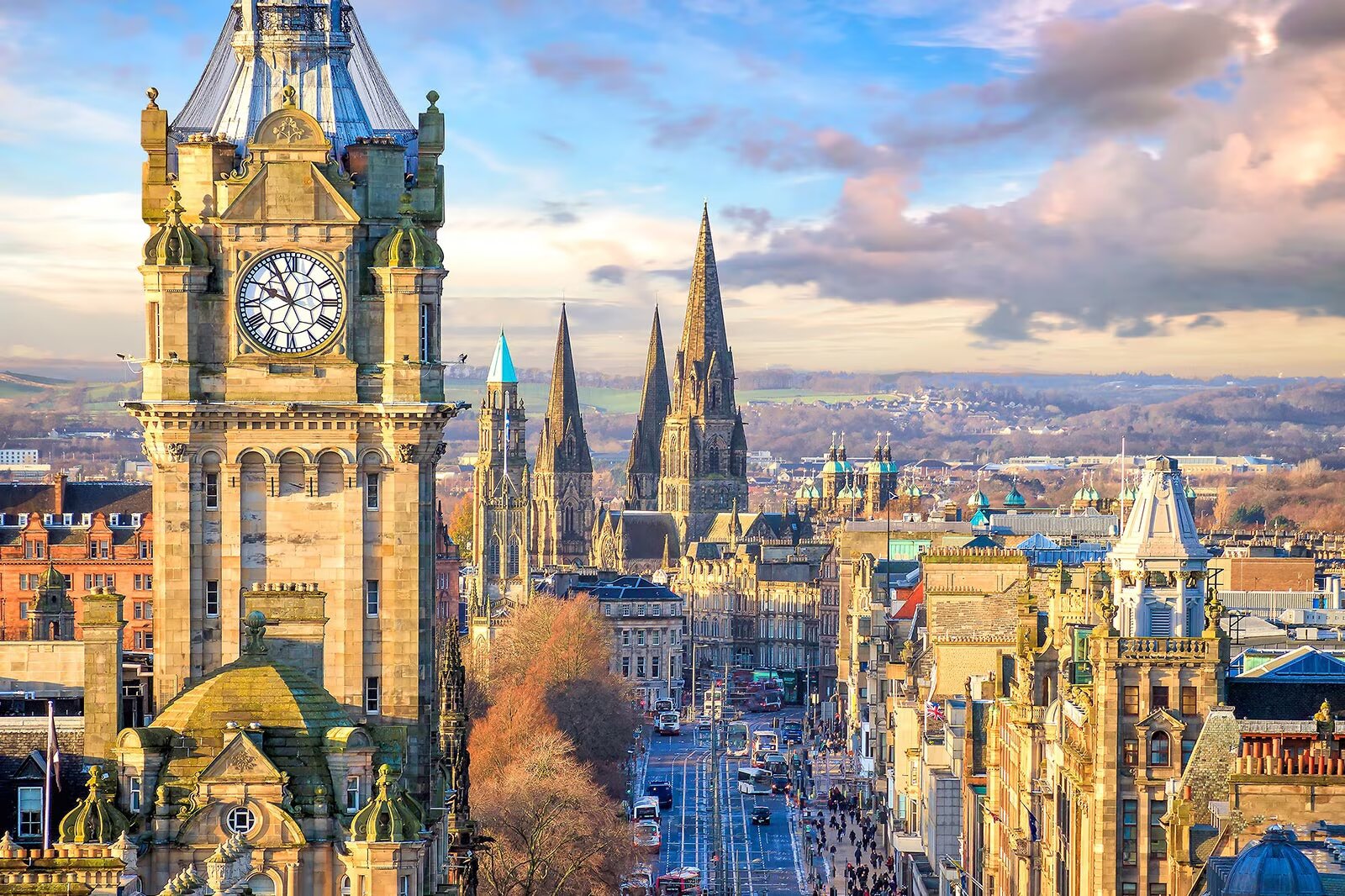
Scotland is one of Europe’s least populous countries, but for ages, people have packed themselves so densely into the historic city of Edinburgh that they literally built on top of one another.
Hugging a sloping sheet of jagged volcanic rock, Edinburgh’s Old Town is a wonderful mystery journey through Scottish urban history, running from Edinburgh Castle at the top of the Royal Mile to Holyrood Palace at its base.
Among its maze of cobbled alleyways and tight shuts, wynds, and terraces, you’ll find remnants of an underground city beneath a city, unexpected sweeping vistas of the Auld Reekie skyline, and some famous hidden pubs.
2. Fingal’s Cave
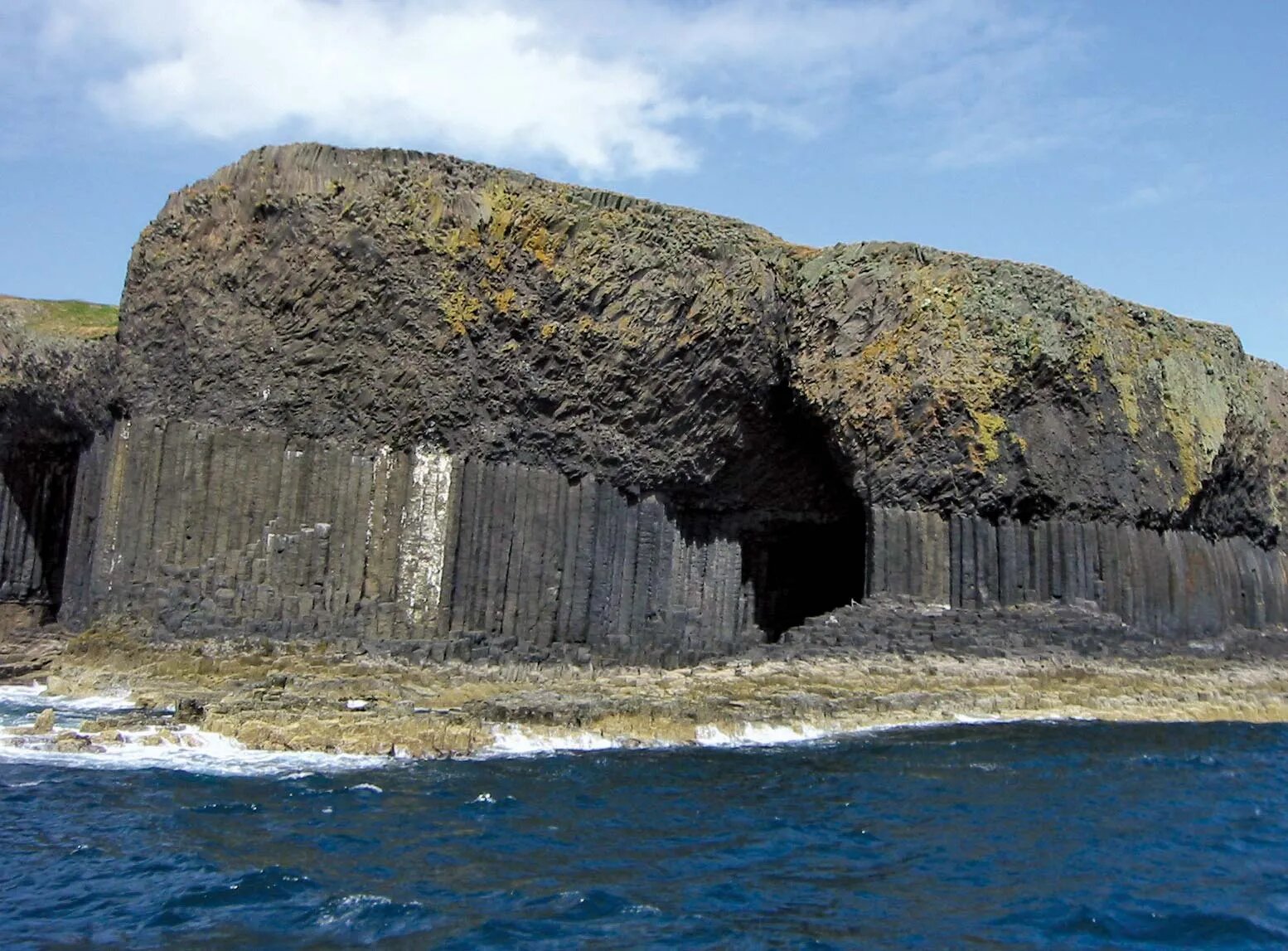
‘The great flood that ebbs and swells,’ begins a poem by Sir Walter Scott inspired by an 1810 visit to Fingal’s Cave on the Inner Hebridean island of Staffa, where the sound of the sea was amplified by the cathedral-like enclosure.
The 60-million-year-old geological wonder has influenced centuries of poetry, music, writing, painting, and filmmaking. Fingal’s Cave, accessible on foot across shattered granite pillars or by boat when conditions are a little crazier, is a sensory assault.
Shards of light from the water illuminate the deep blackness, kaleidoscope colors surround you, and sound reverberates around the walls and ceiling. Nature’s symphony occurs here, as air is drawn in and blasted out of the cave by the wind and waves, resulting in rumbles and booms. Yes, it is as poetic as it sounds.
3. Crail Harbour
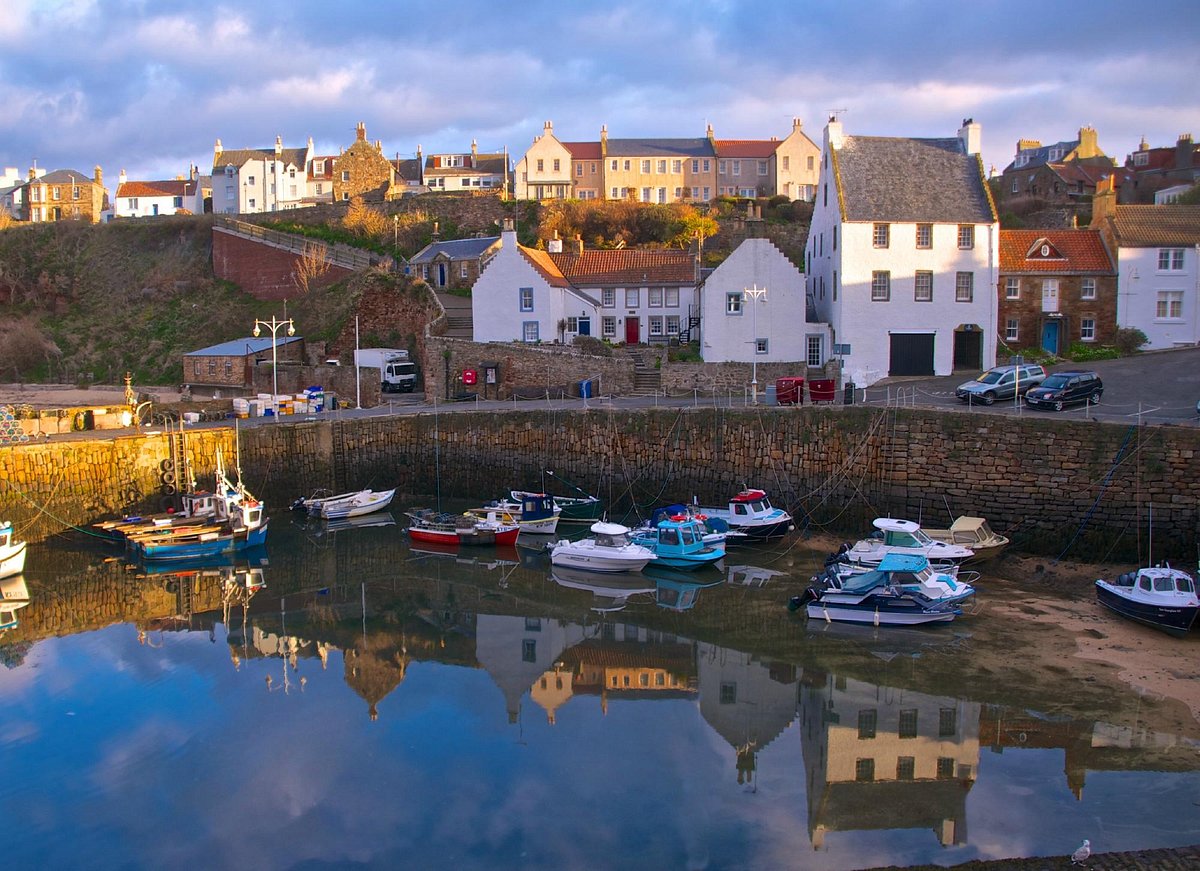
Crail must be the most beautiful of the peaceful ancient fishing villages and towns along Fife’s East Neuk coast. Not least because of its postcard-perfect harbor, a crescent of tide-washed sandstone nestled beneath steep cliffs, sheltering a modest fleet of boats and worn fishing creels stacked along the piers.
Gorgeous old stepped-gabled cottages jut out of the slope above at sharp angles. While the harbour is no longer as active as it was during the late nineteenth century Herring boom, a few fishing vessels continue to operate, landing live lobster and crab, which can be purchased fresh off the boat from an iconic old harbourside shack, Reilly Shellfish.
4. The Cairnwell Pass
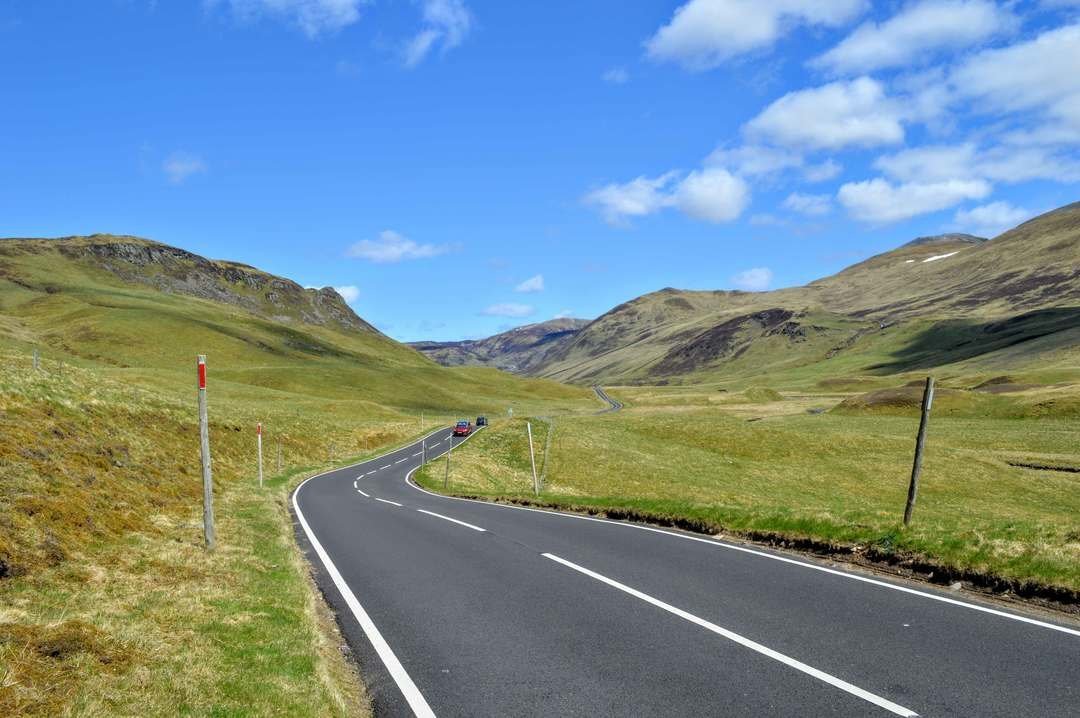
The Cairnwell Pass is the highest main route in the UK, stretching from Glen Shee, Perthshire, across the mountain ski resort of the same name to the charming Victorian village of Braemar, Aberdeenshire, and serving as the southern entry to the Cairngorms National Park.
The journey up – which can also be walked or cycled if you’re feeling fit – is genuinely stunning; the earth suddenly sweeps rapidly upward, and before you know it, you’re hundreds of metres above sea level, looking back down at the glen below. The instant sense of transformation is strong and overwhelming–a true arrival in the Scottish Highlands. Coming back down quickly makes your ears pop. This is truly exciting.
5. V&A Dundee

The first design museum in Scotland, as well as the first Victoria and Albert Museum outside of London, has brought exciting exhibitions to the City of Discovery, including video games and tartan. But you don’t even need to step inside Japanese architect Kengo Kuma’s spectacular jagged structure, inspired by the cliff edges of eastern Scotland, to feel its impact.
When compared to the historic Dundee-built polar explorer steamship RRS Discovery, which is moored on the Tay next door, the V&A has helped reshape and revitalize the entire city’s waterfront, providing an exciting picture of a Scotland that seizes its future while also celebrating its history. Sip a summertime beer by the water at the pop-up outdoor café and you could be anywhere between Copenhagen and New York.
6. The Small Isles
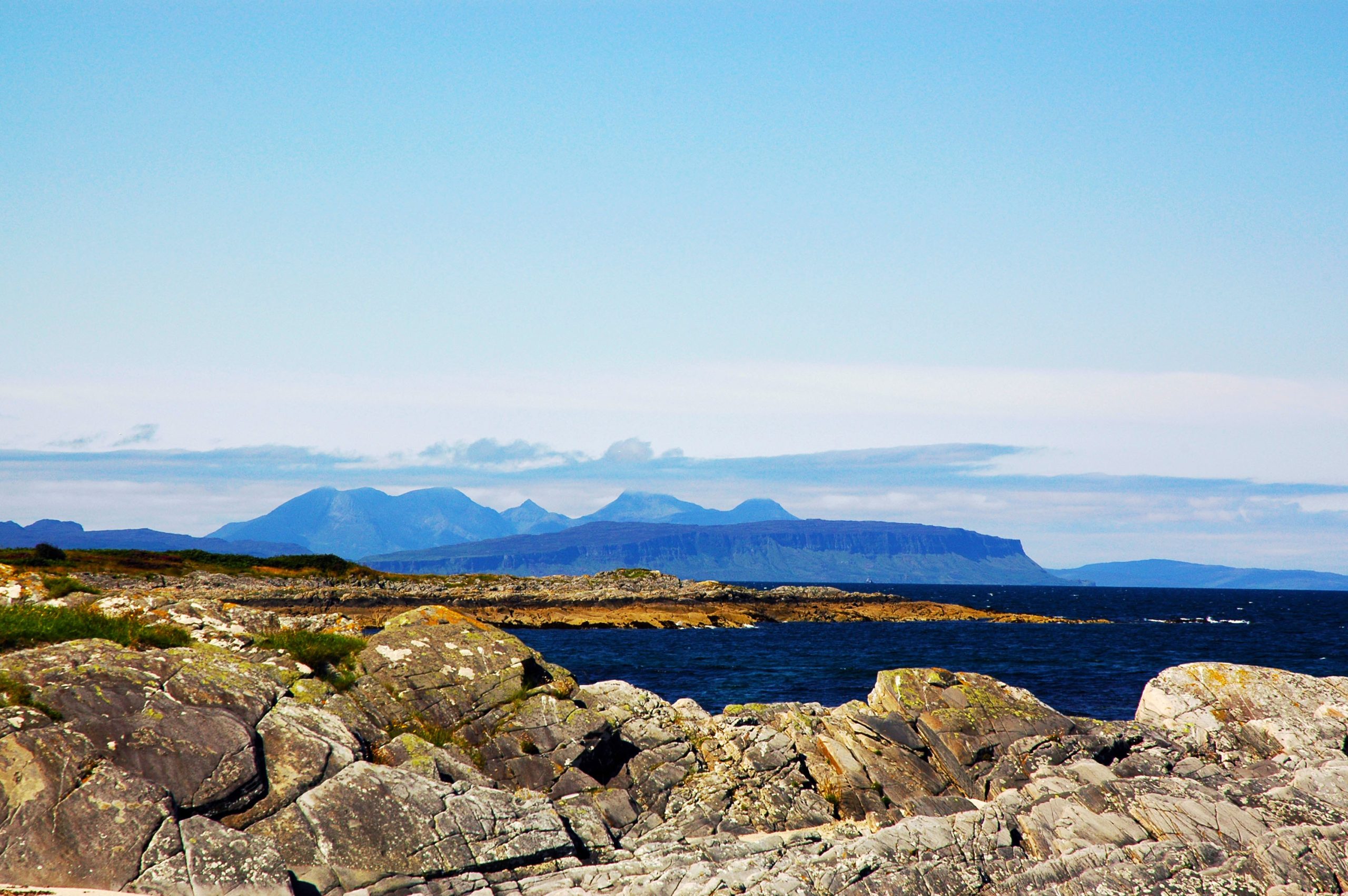
Scotland’s islands are almost as well-known as its Highlands, with many of the most picturesque located off the west coast in the Hebridean Archipelago. While the larger islands of Harris and Lewis, Skye, and Mull may attract the most tourists, the Small Isles of the Inner Hebrides – Canna, Eigg, Muck, and Rum – provide something unique. Our favourite? Eigg is the most populated tiny island.
Eigg, home to only about 100 people, is a unique experiment in community ownership and ecological living, with a beautiful beach in the Singing Sands. Rum is a National Nature Reserve, and Canna (population: 15) boasts stunning cliffs and archaeological monuments. If you’re lucky, you might see seals, dolphins, and perhaps whales on the ferry there.
7. Loch Katrine
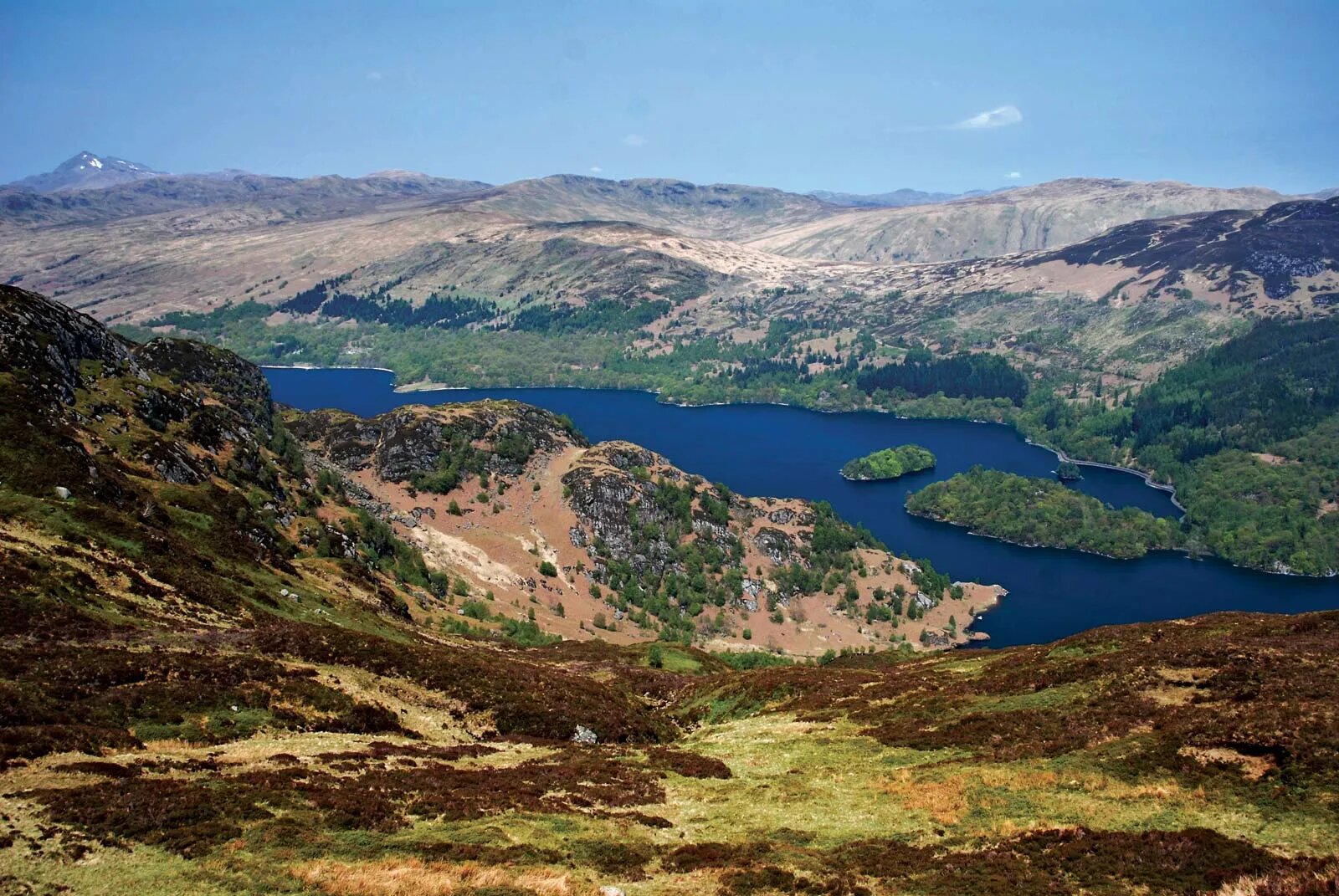
It may be dwarfed by the much bigger Loch Ness and neighboring Loch Lomond, but for an amazing experience on and around one of Scotland’s myriad iconic bodies of inland water, the fabled Loch Katrine in the Trossachs cannot be surpassed. This is a mysterious, evocative location, fully isolated from the outer world and surrounded by massive mountains. It was so magnificent that it inspired Sir Walter Scott’s poem ‘The Lady of the Lake’ and Gioachino Rossini’s opera ‘La donna del lago’.
Oh, and because badboy hero of Scots folklore Rob Roy MacGregor was born on the loch’s northern shore, it’s been Glasgow’s reservoir for almost 150 years. There are still functional Victorian waterworks to see, and you can join a cruise liner next to the SS Sir Walter Scott riverboat. Alternatively, you can walk or ride along the northern shore’s paved pathway.
8. Dunnottar Castle
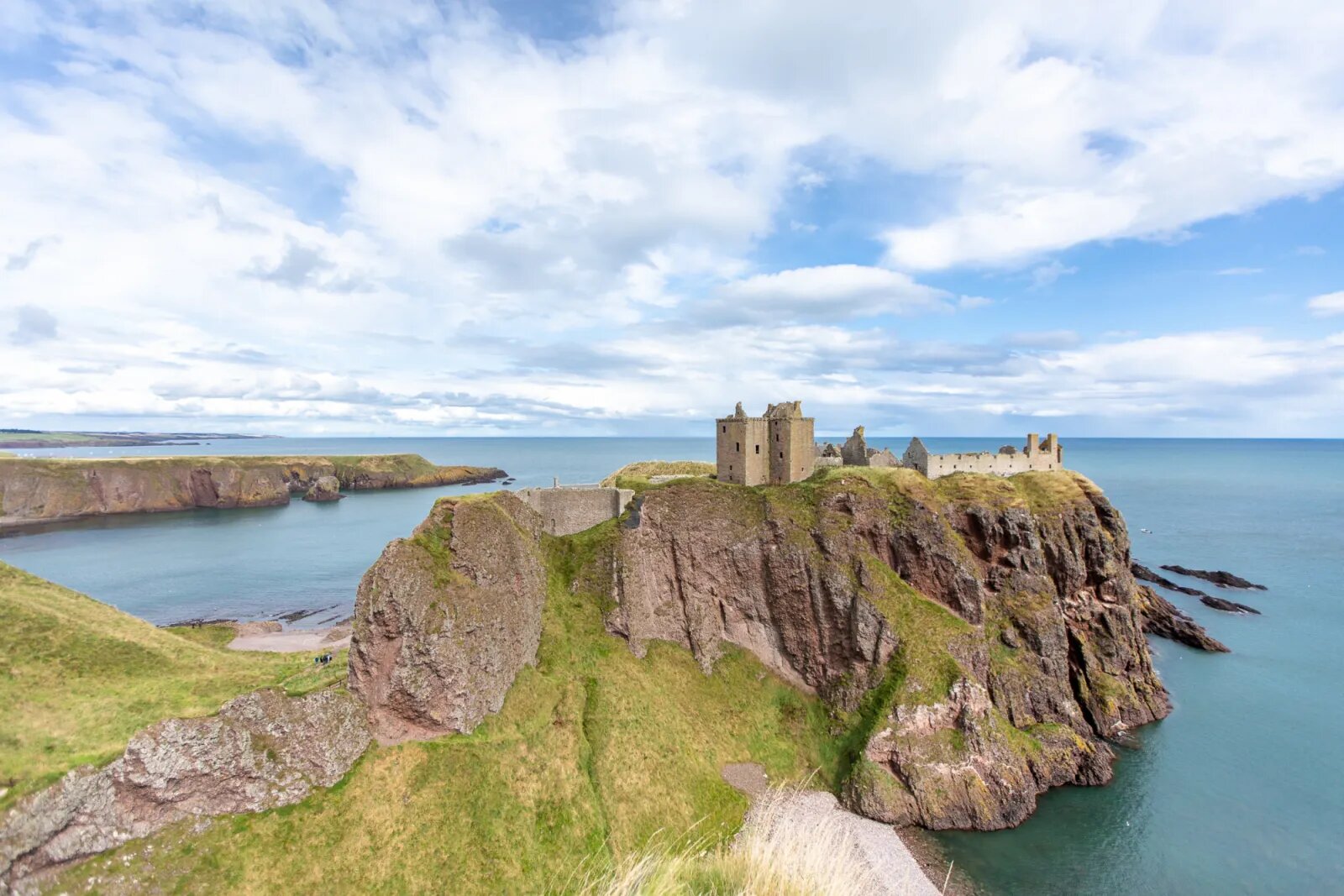
Castles in Scotland range in size from large to small, wrecked to living. There are about 1,500 in all, with some dating back over a thousand years. Of course, the most beautiful is a question of personal preference, but Dunnottar Castle in Aberdeenshire, near Stonehaven, has to rank among the best.
The remains, built in the 15th and 16th centuries, overlook the North Sea from a 160-foot rocky ledge surrounded by cliffs. They were formerly the bastion of one of Scotland’s most prominent families, the Earls Marischal, who lost their titles in the failed 1715 Jacobite revolt. The Scottish crown jewels were famously hidden here from Oliver Cromwell’s invading army in the 17th century, and touring Dunnottar’s ruins with panoramic sea vistas is a truly romantic experience.
9. Ben Nevis

If you’re going to climb a Scottish mountain, might as well make it the biggest of the lot, right? And at 4,411 feet, Ben Nevis is the highest peak in Britain, and is always to be taken seriously – check the weather forecast well in advance before setting out, pack sensibly and wear strong footwear.
But know that you don’t have to be a highly seasoned mountaineer to bag this Munro (as Scotland’s 282 mountains over 3,000 feet are known). It’s a relatively straightforward climb if you’re quite fit. Budget for about six to nine hours in all and set off nice and early to give yourself plenty of good daylight at the rocky summit. On a clear day, you’ll get 360° panoramic vistas stretching as far as Northern Ireland. In other words, it’s worth it.
10. The Flow Country
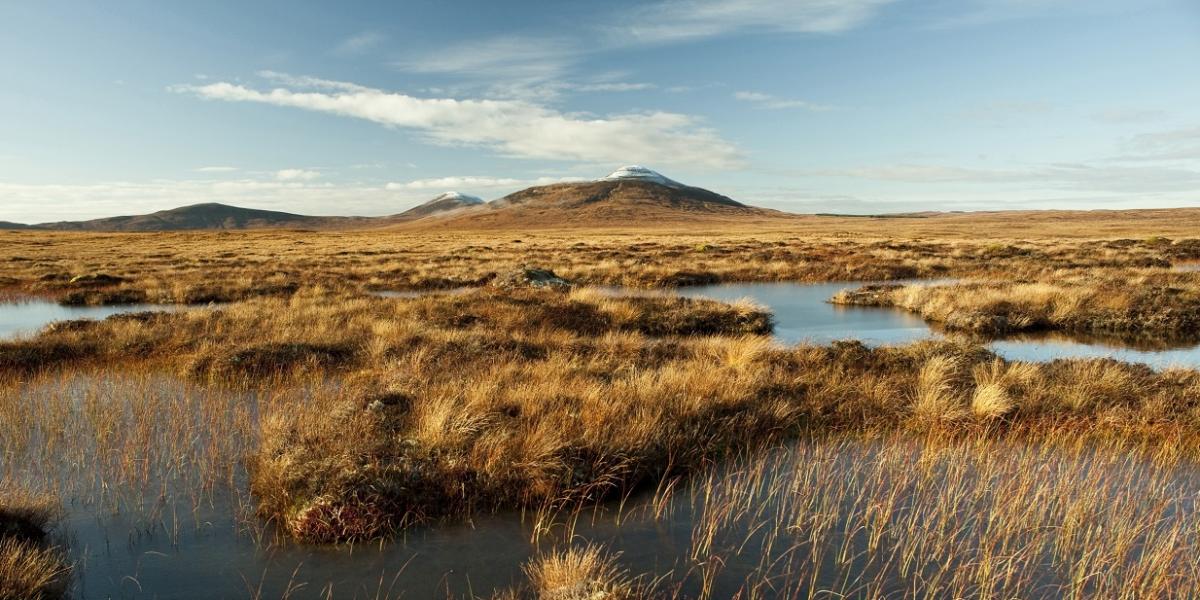
You can travel for miles in the bleak far north of Scotland, in Caithness and Sutherland, and not see another living soul or a vestige of human habitation. The sense of remoteness is breathtaking, like a private audience with immense mountains and plains. Nonetheless, the Flow Country, as it is known, will play an important part in humanity’s future. It is the world’s largest bog, covering 1,500 square miles.
Soggy peatlands, generated from plant remnants, store massive amounts of carbon for thousands of years. Keeping them alive and healthy is critical in the battle against global warming. The decades-long search for UNESCO World Heritage classification and protection is expected to be accomplished in 2024.







